At Shym Saunas & Spas we love everything about timber—its warmth, its grain, its ability to bring families together. A log home is the ultimate expression of that warmth. More than a rustic cabin, a well‑built log house offers quiet luxury, energy efficiency and a deep connection to nature. If you’re dreaming of a timber retreat or a permanent home that feels like a sanctuary, understanding the costs involved is the first step.
Log houses, sometimes called log cabins, are built from horizontally stacked, interlocking logs that provide both structure and insulation. Unlike a standard brick home where insulation is added separately, the mass of the logs regulates temperature and humidity. This makes log homes energy‑efficient and comfortable in both cold and warm climates. The natural materials and visible timber surfaces create a calming ambience and reduce reliance on synthetic finishes.
In Australia, European log‑building techniques have evolved into high‑performance homes that withstand our variable climate. Thick timber walls help stabilise indoor temperatures, while modern sealing systems meet bushfire and termite regulations. Log homes also champion sustainability; responsibly harvested timber has a lower embodied energy than steel or brick and stores carbon throughout the building’s life.
A major determinant of cost is the construction method you choose. According to Yarrington Construction’s cost guide for Bendigo, log house projects fall into three categories:
For buyers outside Australia, US cost guides show that modular and prefab log homes cost around US $100–$250 per square foot (about AU $1,600–$4,000 per m²), including materials, installation and finishes. A small prefab cabin of about 500 sq ft (46 m²) costs US $50,000–$125,000 installed, while larger 2,000 sq ft (186 m²) homes range from US $200,000–$500,000. Though these figures are American, they help illustrate that scaling up significantly increases costs. Log cabin mobile homes (trailers) cost US $75,000–$150,000 plus delivery.
Australian suppliers sell a range of flat‑pack log cabins suitable for backyard studios, granny flats or off‑grid retreats or sauna summer houses.
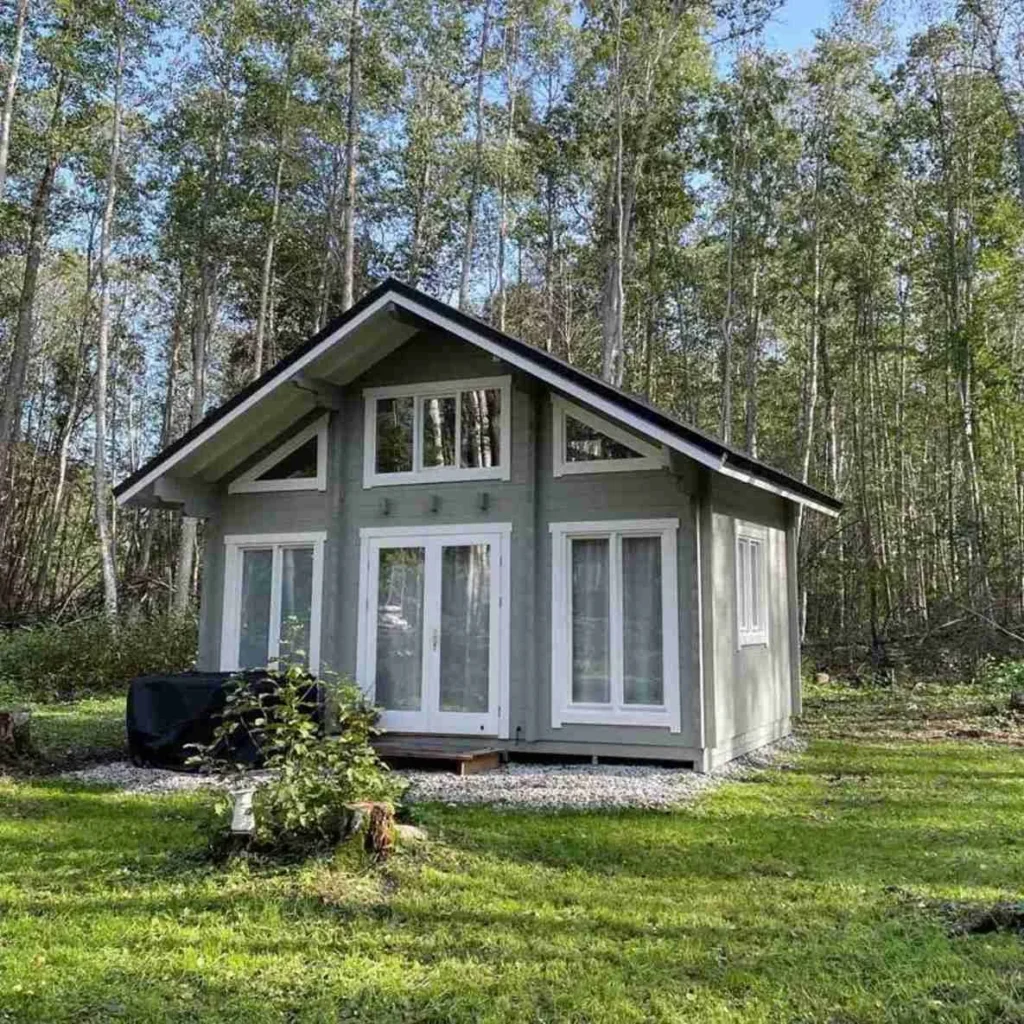
Shym Saunas lists kits such as:
| Cabin model | Floor area (m²)* | Price (approx.) | Notes (short phrases) |
| Sauna Cabin Summer House Bremen | ~53 m² internal floor (33.2 m² first floor + 19.8 m² loft) | AU $88 000 | 70 mm spruce logs; spacious deck + loft; double‑glazed windows; two‑level benches; SPU‑insulated roof; metal floor gutter. |
| Garage with Carport & Storage Room Monza (7.2 m × 8.2 m) | ~59 m² footprint | AU $52 000 | Covered carport + enclosed garage + storage room; 70 mm laminated spruce; multiple double‑glazed windows; two timber doors. |
| Garage with Carport & Storage Room Maranello (10.2 m × 5.7 m) | ~58 m² footprint | AU $48 000 | Multi‑use garage with carport; laminated spruce construction; double‑glazed windows; lockable doors; suitable for vehicle and sauna storage. |
| Sauna Cabin Summer House Bergen | ~20 m² internal + 5.2 m² loft + 4.3 m² terrace | AU $44 500 | 3 rooms + loft + terrace; 70 mm laminated spruce; SPU‑insulated roof; two‑level alder benches; metal floor gutter. |
| Sauna Cabin Fellin with Loft | ~18.2 m² internal + 13.1 m² loft | AU $43 700 | Multi‑room layout; laminated spruce; SPU insulation; metal floor gutter; 2‑level alder benches; tall glazed doors. |
| Fellin Summerhouse with Loft | ~18–20 m² internal + ~12 m² loft (approx.) | AU $42 000 | Glue‑laminated spruce walls; large openable windows; lockable wooden doors; customisable wall thickness; ready‑to‑assemble kit. |
| Sauna Cabin Summer House Dresden | ~31 m² footprint (6.6 m × 4.8 m) | AU $39 900 | Multi‑room plan with terrace; 70 mm laminated spruce; PIR roof insulation; 3‑level benches; metal gutter; double‑glazed windows. |
| Sauna Cabin Summer House Boden | ~16 m² internal + 2.2 m² terrace | AU $37 900 | 3 rooms; laminated spruce; SPU roof insulation; metal floor gutter; benches; double‑glazed windows; lockable door. |
*Areas are approximate and based on manufacturer specifications or calculated from listed dimensions.
Meanwhile, another supplier Cabin Life lists kits such as:
| Cabin model | Floor area (m²) | Price (approx.) | Notes |
| Java Skillion | ~23.7 | AU $21,290 | Compact cabin with 44 mm timber |
| Palm Beach | ~33.3 | AU $32,490 | Offers larger internal space |
| Tassie | ~43 | AU $49,990 | Larger kit with 70 mm timber |
| Pandanus | ~57.2 | AU $62,990 | Spacious kit for big families |
| Grand Palace | ~57.2 + veranda | AU $72,990 | Premium cabin with large verandah |
Prices vary with timber thickness (44 mm vs 70 mm), verandah size and roof style. These kit prices cover the log shell but not site preparation, foundations, utilities or finishing.
Larger homes obviously use more logs and labour. Doubling floor area doesn’t always double the cost, but cost per square metre may decrease slightly due to economies of scale. However, bigger homes require bigger foundations and more complex roofs.
Premium woods like Western Red Cedar command higher prices due to their durability and grain quality. Yarrington notes that using cedar can add $200–$300 per square metre over more common pine. Locally grown species may be more affordable but may not offer the same longevity or aesthetic.
A simple slab‑on‑ground foundation is usually the most affordable. Building on piers or sloping sites can add 10–15 % to foundation costs. The HomeGuide cost guide estimates a concrete foundation at US $6–$14 per square foot.
Remote or steep sites incur extra fees for machinery, road access and hauling materials. Bushfire Attack Level (BAL) requirements may also influence material choices and window types in fire‑prone regions.
Adding mezzanines, wrap‑around decks or vaulted ceilings increases complexity and cost. Yarrington estimates that a simple mezzanine can add $30,000–$50,000, depending on size and finishes. Luxury finishes such as imported tiles, stone fireplaces or gourmet kitchens will raise budgets further.
Labour costs depend on whether you assemble the kit yourself or hire tradespeople. Prefab homes may arrive with plumbing and electrical pre‑installed, saving time and money.
To help allocate funds, Yarrington suggests dividing your budget into two stages:
Plan a contingency buffer of at least 10% for unexpected costs such as delays, material price fluctuations or design changes.
Wood is hygroscopic—it absorbs and releases moisture naturally—so log homes need periodic maintenance to protect the timber. Yarrington recommends:
Maintenance costs typically run $5–$10 per square metre of wall surface. Factor in pest management (termite barriers) and bushfire compliance measures where applicable.
Building codes vary by state, but log homes must meet the same structural, energy and bushfire standards as conventional houses. In bushfire‑prone regions like parts of Victoria and Western Australia, your house may need ember‑resistant vents, non‑combustible external surfaces and sealed gaps to meet BAL ratings. Termite barriers—including stainless‑steel mesh or chemical treatments—are also critical.
Financing may differ from standard mortgages, especially for owner‑built projects. Seek lenders familiar with kit homes or construction loans. In remote areas, off‑grid options (rainwater harvesting, solar panels, composting toilets) can reduce utility costs but may increase upfront spending.
Though log homes often cost more than equivalent framed houses, they offer lasting value. Thick timber walls provide superior insulation, leading to up to 20–30 % lower heating and cooling costs compared with similarly sized brick homes. The hygroscopic properties of wood regulate indoor humidity and can improve air quality. Sustainable forestry practices and carbon sequestration make log houses a greener choice.
And, of course, there’s the intangible benefit: living in a home that feels alive. Natural timber exudes warmth, creates a sense of ritual and invites friends and family to gather. Adding a Shym Saunas barrel sauna or thermo‑wood hot tub beside your log house enhances this ritual—imagine stepping from a steaming sauna into the cool evening air on your verandah, then sitting down to share stories under the stars.
Building a log home is about more than numbers—it’s about crafting a space that feels timeless and nurturing. Costs vary widely based on the build method, size, timber species, site conditions and desired finishes. Kit packages start around AU $1,500 per m² and increase with customisation and craftsmanship, while Australian cabin kits provide specific examples from $21,290 to $72,990. Always budget for site preparation, foundation, delivery and landscaping, and plan a maintenance schedule to protect your investment. Whether you choose a compact weekend retreat or a sprawling family estate, a log home promises energy efficiency, natural beauty and a place where family and friends can gather away from the noise of modern life.
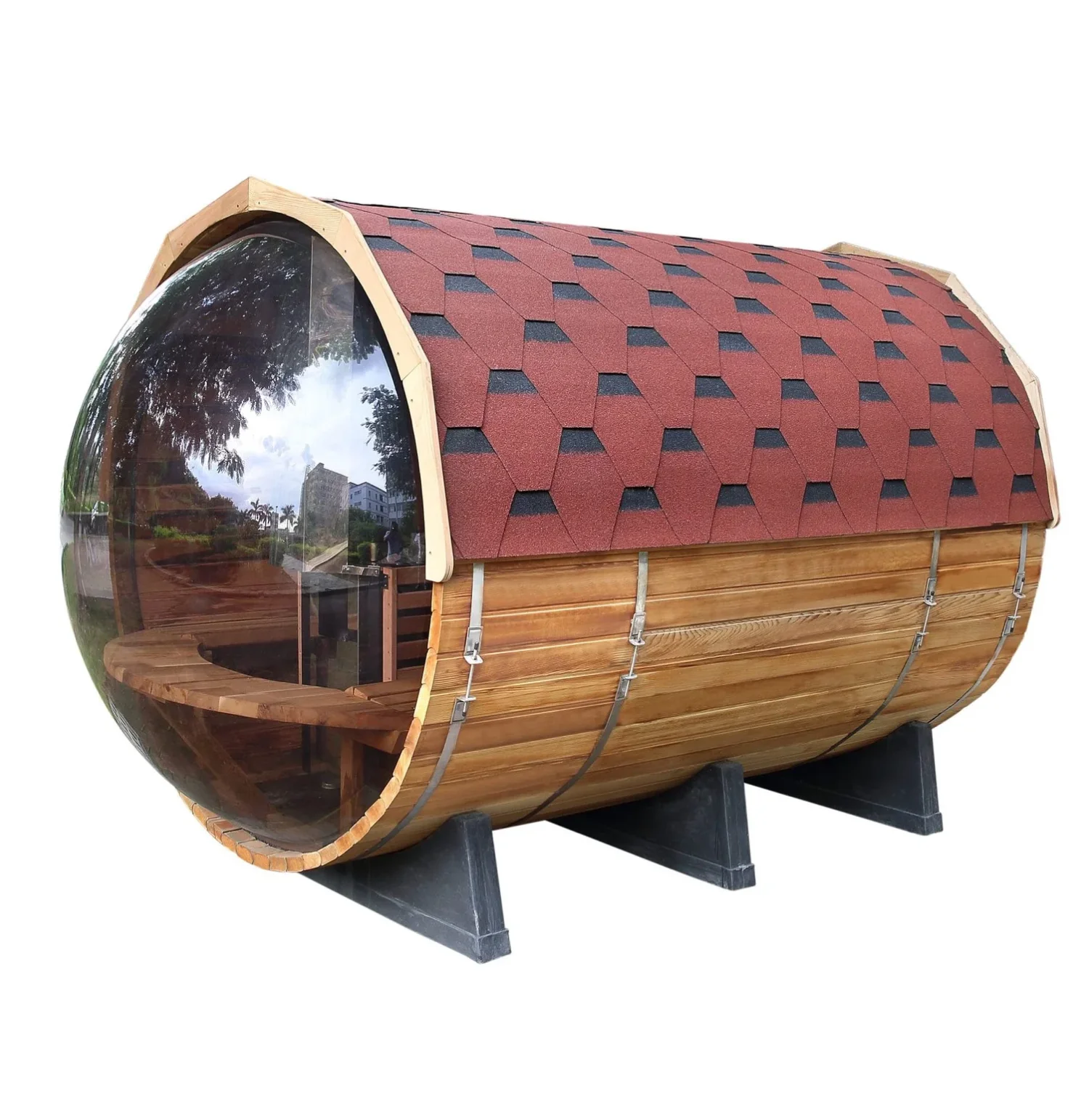
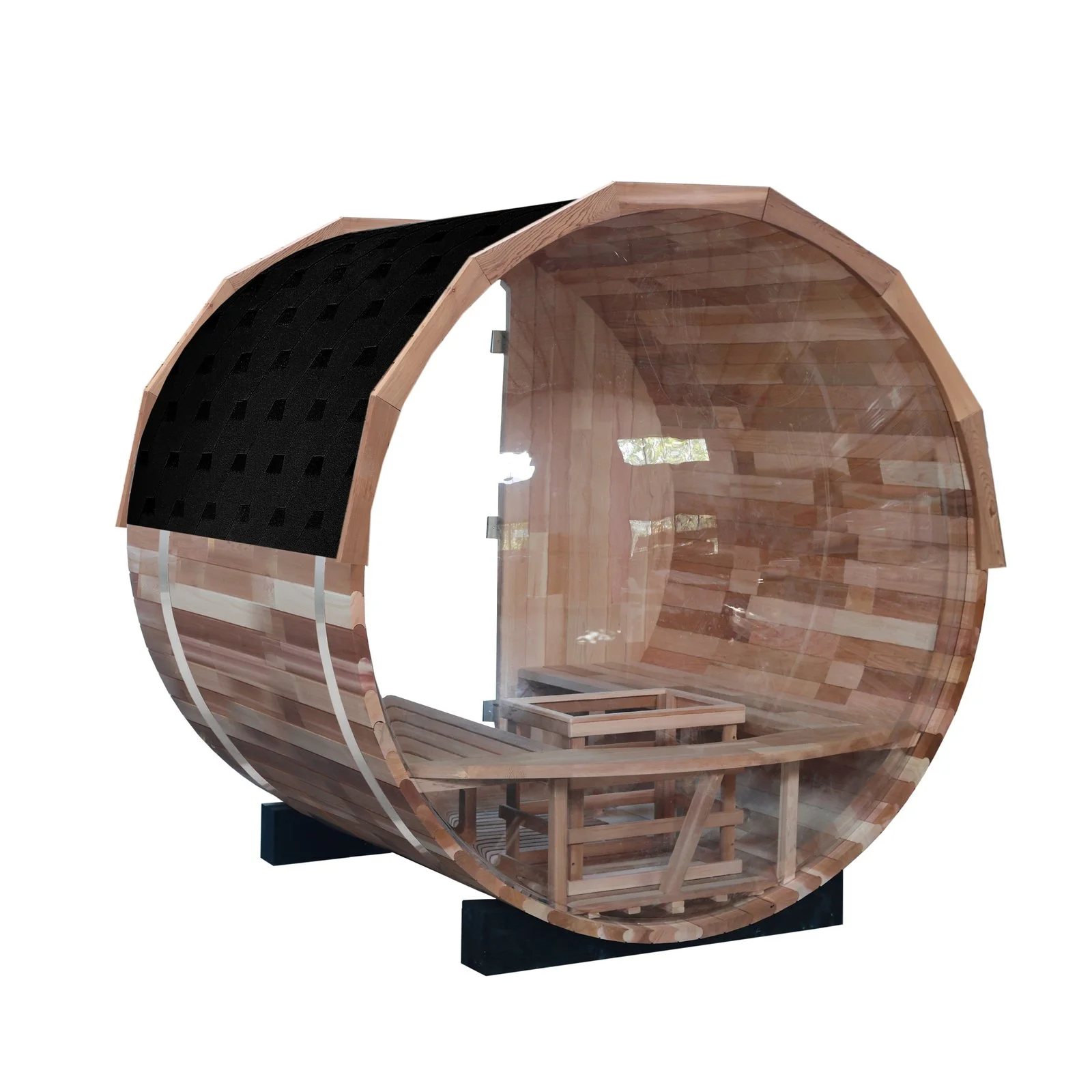
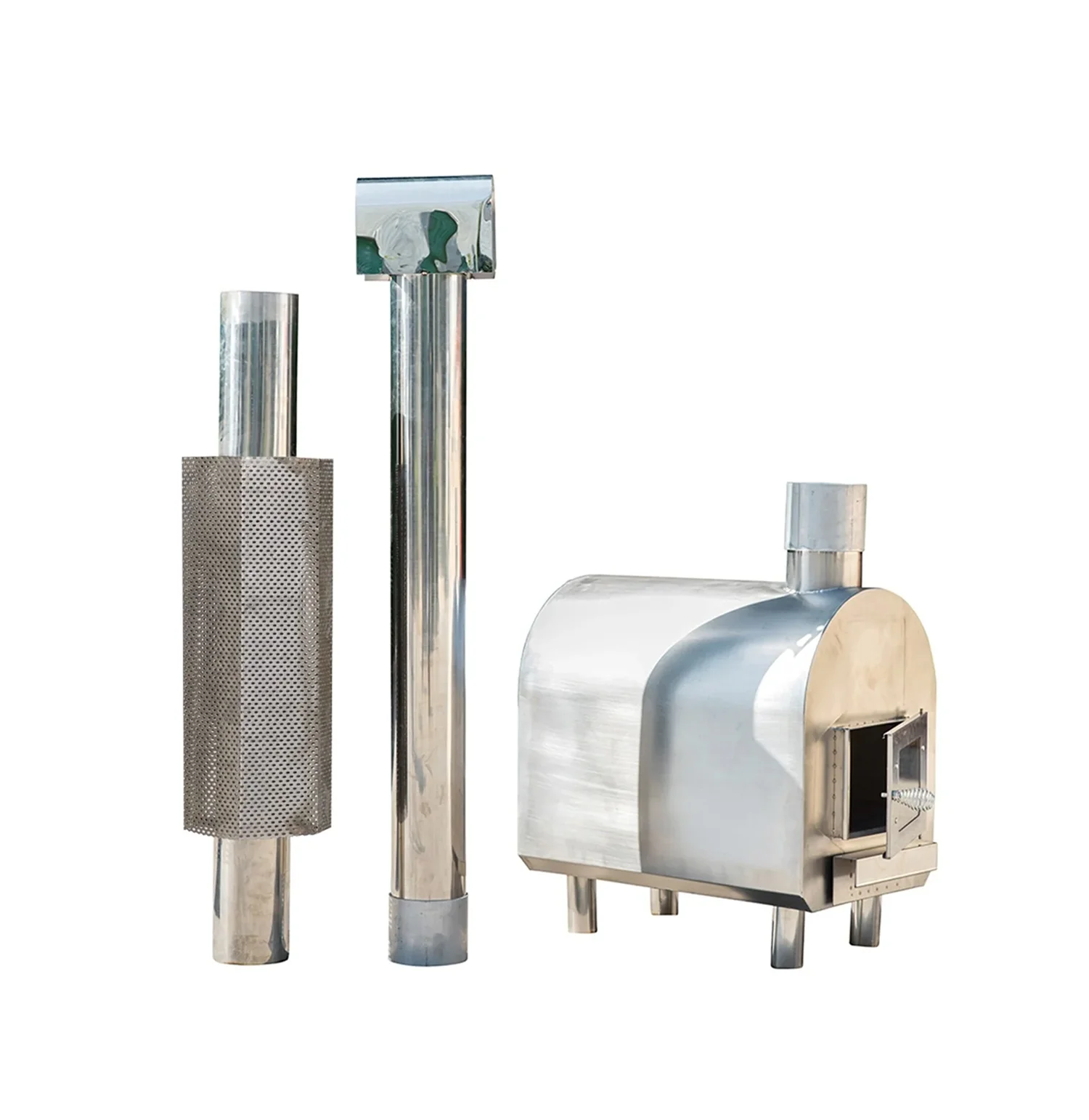
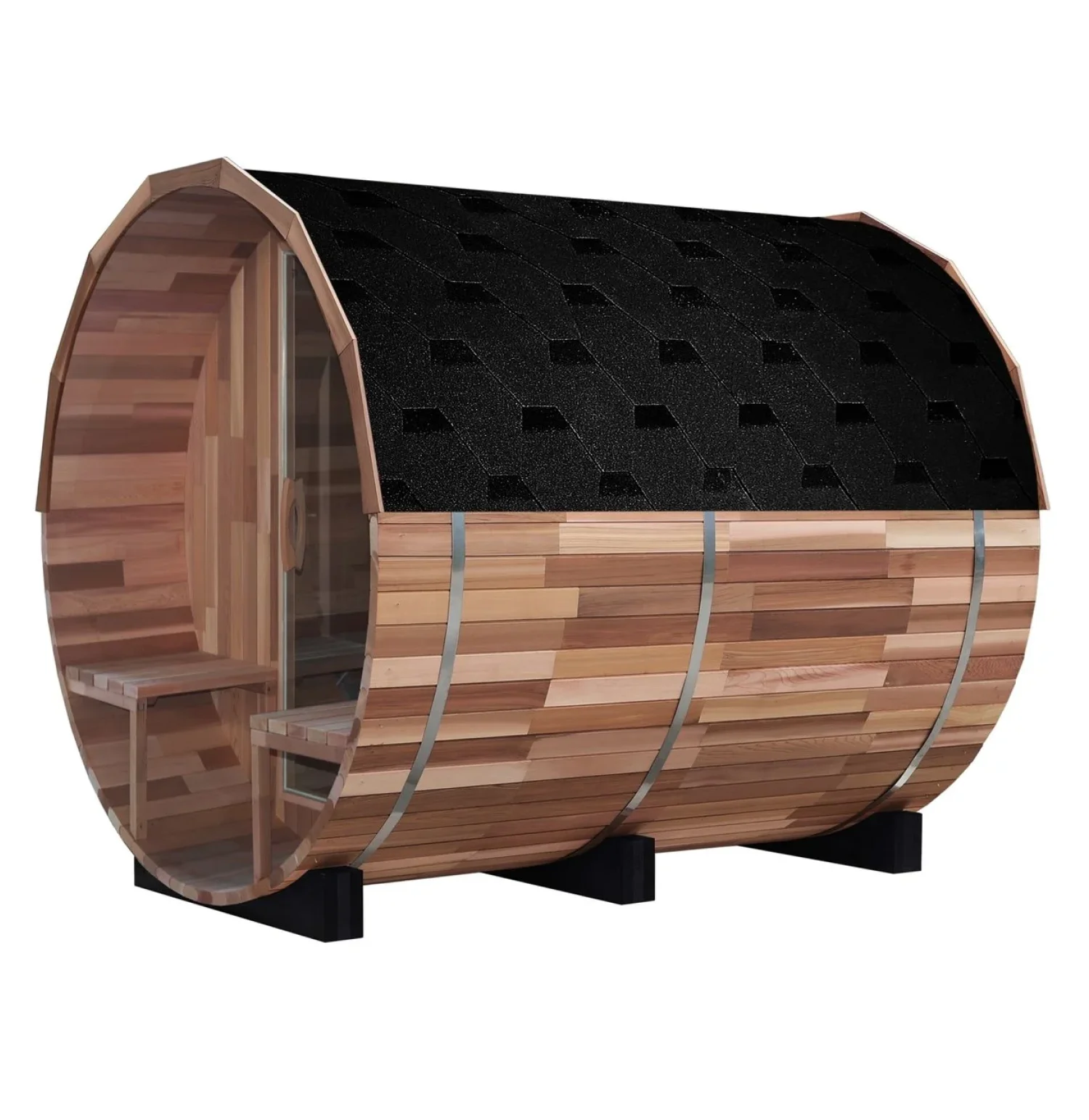
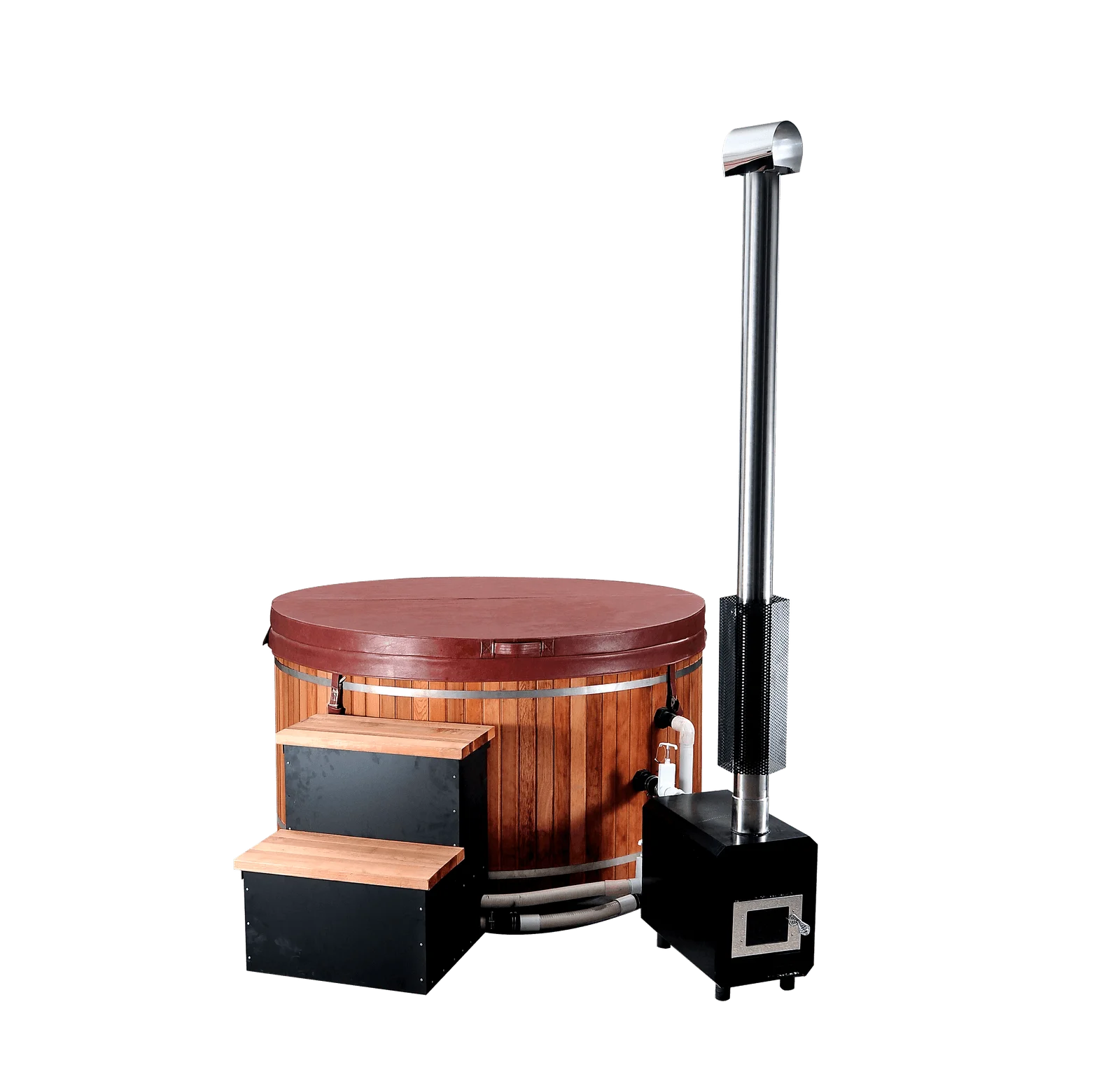
Our online shipping calculator is limited to one partner, but we work closely with multiple freight companies across Australia and New Zealand.
Send us your details, and we’ll find you a better shipping rate than listed on our website.